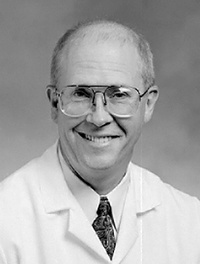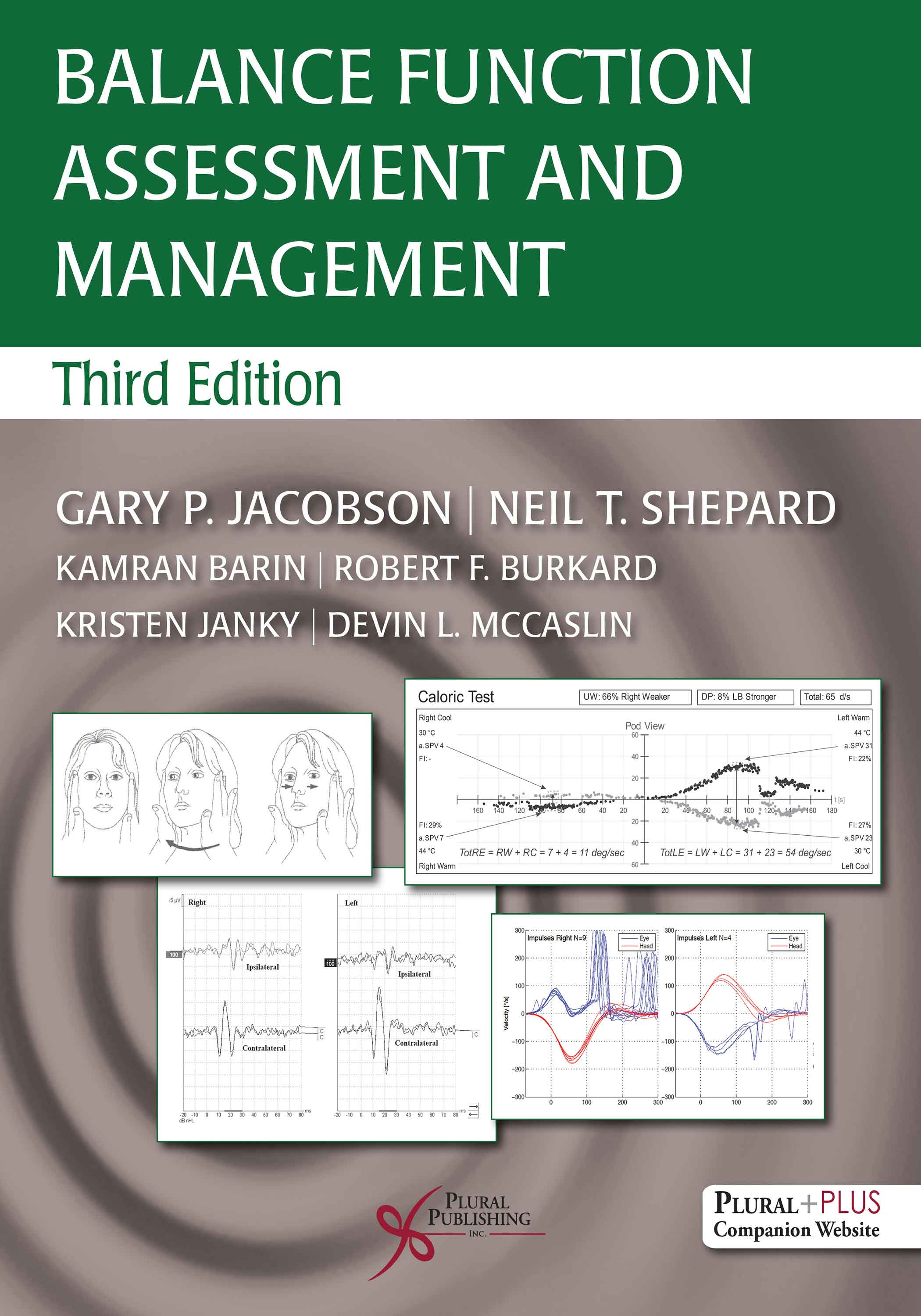
Balance Function Assessment and Management
Third Edition
Gary P. Jacobson, Neil T. Shepard, Kamran Barin, Robert F. Burkard, Kristen Janky, Devin L. McCaslin
Details: 717 pages, B&W, Hardcover, 8.5" x 11"
ISBN13: 978-1-63550-188-9
© 2021 | Available
For Instructors
Purchase
THE BEST-SELLING BOOK ON THE TOPIC!
The third edition of Balance Function Assessment and Management, the leading textbook on the subject, continues to comprehensively address the assessment and treatment of balance system impairments through contributions from top experts in the areas of dizziness and vertigo. Designed for use in graduate audiology programs and by practicing audiologists, this is also a valuable text for those in the fields of physical therapy, otolaryngology, and neurology.
New to the Third Edition
- Reorganized with the expertise of four additional Editors: Kamran Barin, PhD, Robert F. Burkard, PhD, Kristen Janky, AuD, PhD, and Devin L. McCaslin, PhD
- Three new chapters:
- An Historical Perspective of the Perception of Vertigo, Dizziness, and Vestibular Medicine (Zalewski)
- Vestibular Balance Therapy for Children (Christy)
- Challenging Cases (Shepard)
- All existing chapters have been revised and updated
- An effort has been made to make the text more concise
- Three new helpful appendices:
- Appendix I covers the pathophysiology behind dizziness. The authors provide a list of disorders that cause symptoms of dizziness and balance disorders going from common peripheral disorders to rare central disorders. For each of the disorders a vignette is included that provides the symptoms, test findings, treatments, prognosis, and site-of-lesion.
- Appendix II deals with the development of codes that are used for billing services. The discussion includes the movement in the United States for changing to Alternative Payment Models; reimbursement based on quality of care and away from fee-for-service billing.
- Appendix III provides an overview of interprofessional education (IPE) and interprofessional practice (IPP) and how the hope is that IPE will lead to IPP.
As with prior editions, the text comes with access to a PluralPlus companion website that contains videos of eye movements associated with the cases described in the text and PowerPoint lecture slides for instructors.
Review
"Now in its third edition, this textbook provides an extensive amount of up-to-date information on the assessment and management of the vestibular system. Four new editors have been recruited for this edition and all chapters have been reviewed and reorganised to offer improved readability with a flow that makes its condensed 717 pages easier to digest.
The breadth of the information provided suits anyone with an interest in the subject, from students to the practising experts. It can be used both in an academic context or as a reference textbook in the clinic. Various specialties (audiology, physiotherapy, otolaryngology and neurology) can greatly benefit from this textbook.
The supplementary materials to the book, found on the companion website and referenced throughout the text, furnish the reader with very useful and practical video content. This book comprehensively covers all aspects related to dizziness and vertigo assessments and treatments for all patient demographics. Each chapter is organised well and in a way that can be read independently or as a precursor to the next one.
Three new chapters have been added to this edition:
- An Historical Perspective of the Perception of Vertigo, Dizziness, and Vestibular Medicine: This chapter offers a thought-provoking insight to the topic.
- Vestibular Balance Therapy for Children: This short chapter provides a physiotherapy program tailored to the paediatric vestibular dysfunction.
- Challenging Cases: Four complex cases are discussed.
Three new appendices have also been added to the end of the book. Appendix I provides a concise list of different pathologies’ symptoms, signs, classic treatments, prognosis for recovery and suspected lesion site that clinicians are expected to encounter when dealing with dizzy and balance disorder patients. Appendix II is [...] relevant to the US coding and billing system and Appendix III argues for interprofessional education and practice.
Overall, this textbook is informative, value for money and provides the reader with the necessary tools to become a clinician with above-average knowledge on the management of the dizzy patient."
—Raúl García-Medina, Founder and CEO, The Audiology Clinic, in ENT & Audiology News (May 2021)
“I proudly carry this heavy hardcover from home to the clinic often. It is undeniably the most comprehensive and in-depth book in our field, and the clinician who owns it will not be disappointed or short for answers. Once again, the editors did a terrific job curating the best authors for each of the 27 chapters and 4 appendices.
A highlight is the companion website where you can watch several videos accompanying chapter 10 on ocular motility testing, excellent videos on the technique to perform video head impulse test on all planes, and a fun virtual reality posturography recording. …
The following chapters on practical anatomy and physiology of the systems involved in balance function encourage the clinician to strengthen their foundational knowledge and prepare them for the dense following chapters on the various types of vestibular assessment tools.
The ever-evolving and highly relevant pediatric vestibular field is well represented with a dedicated chapter on assessment and a good overview of vestibular balance therapy for children.
Another superb addition to the third edition is Appendix I - Pathophysiology Signs and Symptoms of Dizziness. Neil Shepard lets the reader into his genius mind and guides them through the vestibular diagnostic maze, beginning with collecting a particular set of symptom descriptions. It felt genuinely validating to me, given that I spend as much time on my case history as I do on testing. He then summarizes symptoms, signs,
treatment, prognosis, and lesion site for several vestibular disorders, from the most common and simple BPPV, to the more obscure and rare CANVAS. This is an invaluable resource for students and clinicians as a quick reference.
Instructors and managers will greatly appreciate Appendix III, where Shepard and Burkard discuss the value of interprofessional education and practice and provide supportive evidence towards this model of care, which aligns well with the nature of the balance system.”
–Erica Zaia, MSc, University of British Columbia, in the Canadian Audiologist (March 2022)
Reviews of the Previous Edition
"...A well written textbook and necessary resource covering all aspects of balance function and remediation. ...This text is well researched, with comprehensive and appropriate references for further review. In addition, the videos supplied on the companion website are effective supplemental learning tools for the clinical concepts discussed throughout the text. Moreover, nearly all chapters provide clinical cases or clinical examples to reinforce clinical decisions for best care. Overall, this is an excellent compilation of the most state-of-the art assessment and management topics and techniques that I will most certainly include for my graduate students and for my own reference in clinical practice."
—Julie Honaker, PhD, Department of Special Education and Communication Disorders, University of Nebraska - Lincoln, in the International Journal of Audiology (2015)
"To summarize, this book provides a comprehensive review of topics in assessment of balance and vestibular function, as well as management options of vertigo and imbalance. The contents are up to date and it can be a resourceful text for audiologists, otolaryngologists, neurologists and other clinicians who may have an interest in this field."
—Guangwei Zhou, Balance and Vestibular Program, Department of Otolaryngology & Communication Enhancement, Boston Children's Hospital at Waltham, in the International Journal of Pediatric Otorhinolaryngology (2016)
Preface
About the Editors
Contributors
Chapter 1. An Historical Perspective of the Perception of Vertigo and Dizziness and Vestibular Medicine
Christopher K. Zalewski
Chapter 2. Ontogeny of the Vestibular System and Balance
Timothy A. Jones and Sherri M. Jones
Chapter 3. Practical Anatomy and Physiology of the Ocular Motor System
Scott D. Z. Eggers
Chapter 4. Practical Anatomy and Physiology of the Vestibular System
Jamie M. Bogle and Robert F. Burkard
Chapter 5. Practical Biomechanics and Physiology of Balance
Lewis M. Nashner
Chapter 6. Clinical Neurophysiology of Vestibular Compensation
Kamran Barin
Chapter 7. The Vertigo Case History
Jay A. Gantz, Belinda C. Sinks, and Joel A. Goebel
Chapter 8. Assessing Dizziness-Related Quality of Life
Erin G. Piker, Gary P. Jacobson, and Craig W. Newman
Chapter 9. Bedside Assessment of the Vestibular System
Carrie W. Hoppes, Karen H. Lambert, and Devin L. McCaslin
Chapter 10. Eye Movement Recording and Ocular Motility Testing
Neil T. Shepard, Michael C. Schubert, and Scott D. Z. Eggers
Chapter 11. Positional Testing and Treatment
Richard A. Clendaniel
Chapter 12. Caloric Testing
Kamran Barin
Chapter 13. Rotational Vestibular Assessment
Christopher K. Zalewski
Chapter 14. The Video Head Impulse Test (vHIT)
Ian S. Curthoys, Hamish G. MacDougall, Leigh A. McGarvie, Konrad P. Weber, David Szmulewicz, Leonardo Manzari, Ann M. Burgess, and G. Michael Halmagyi
Chapter 15. Computerized Dynamic Posturography: Methodology & Interpretations
Lewis M. Nashner and Neil T. Shepard
Chapter 16. Vestibular-Evoked Myogenic Potentials (VEMPs)
Devin L. McCaslin and Gary P. Jacobson
Chapter 17. Electrocochleography (ECochG)
Paul R. Kileny and Devin L. McCaslin
Chapter 18. Pediatric Vestibular Testing
Kristen Janky and Neil T. Shepard
Chapter 19. Vestibular Balance Therapy for Children
Jennifer B. Christy
Chapter 20. Medical Management of Vertigo That Is Otologic in Origin
Brian Neff and R. Mark Wiet
Chapter 21. Surgical Management of Vertigo That Is Otologic in Origin
R. Mark Wiet
Chapter 22. Neurologic Origins of Dizziness and Vertigo
Joseph M. Furman and Susan L. Whitney
Chapter 23. Behavioral Factors in Dizziness and Vertigo
Jeffrey P. Staab
Chapter 24. Vestibular Rehabilitation
Susan L. Whitney and Joseph M. Furman
Chapter 25. The Aging Vestibular System: Implications for Rehabilitation
Dara Meldrum and Courtney D. Hall
Chapter 26. Topographical Localization of Vestibular System Impairment
Gary P. Jacobson, Erin G. Piker, Richard A. Roberts, Devin L. McCaslin, and Nabih M. Ramadan
Chapter 27. Challenging Cases
Neil T. Shepard
Appendix I. Pathophysiology Signs and Symptoms of Dizziness
Neil T. Shepard
Appendix II. Coding and Billing
Robert F. Burkard, Neil T. Shepard, and Stuart Trembath
Appendix III. Interprofessional Education & Practice
Neil T. Shepard and Robert F. Burkard
Appendix IV. Specialty Rotational Vestibular Assessments
Christopher K. Zalewski
Index
Balance Function Assessment and Management, Third Edition comes with access to supplementary student and instructor materials on a Pluralplus companion website.
To access the instructor materials, you must contact Plural Publishing, Inc. to be verified as an instructor and receive your access code.
Email: instructormaterials@pluralpublishing.com
Tel: 866-758-7251 (toll free) or 858-492-1555
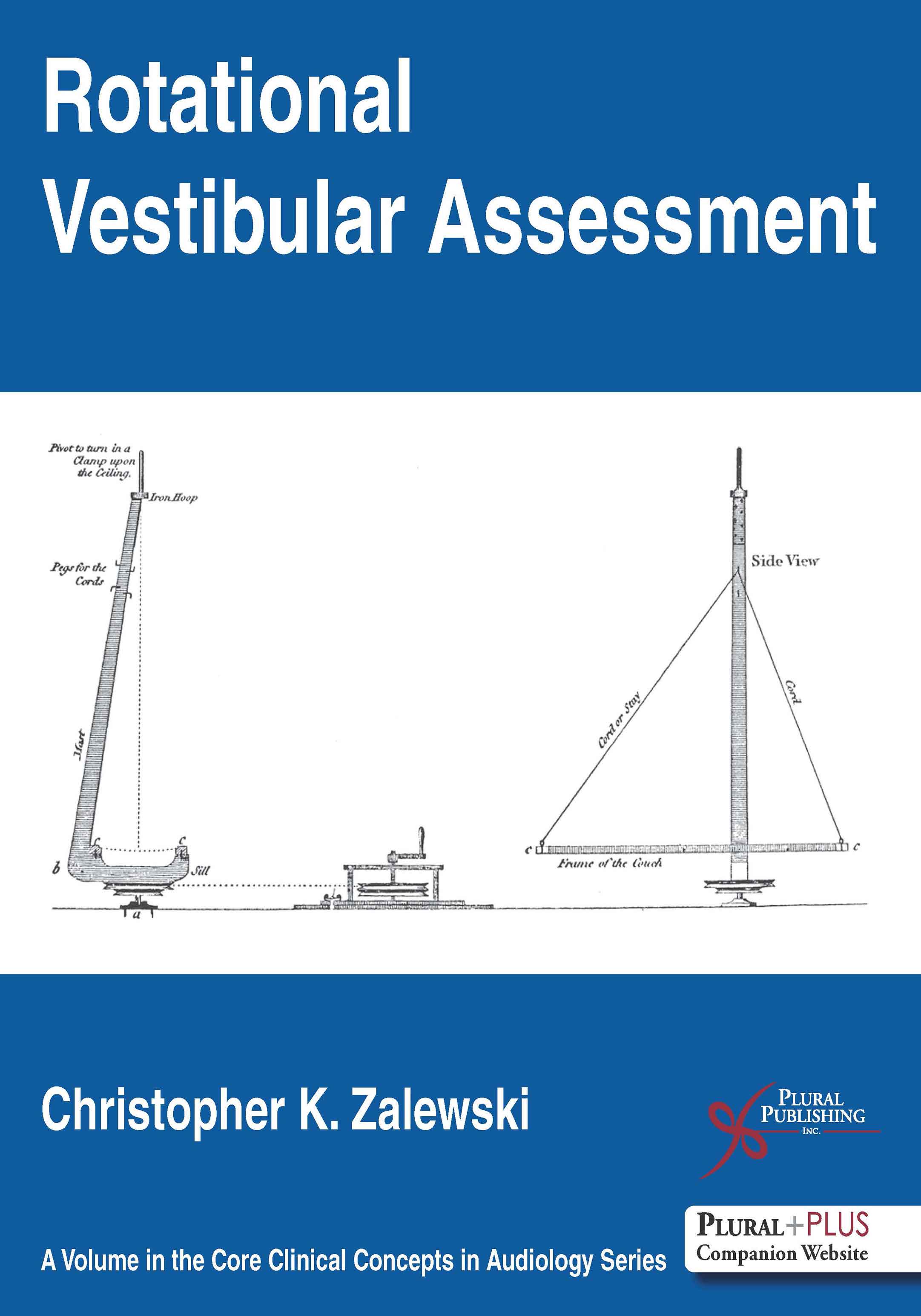
Rotational Vestibular Assessment
First Edition
Christopher K. Zalewski
Details: 322 pages, Full Color, Softcover, 8.5" x 11"
ISBN13: 978-1-59756-797-8
© 2018 | Available
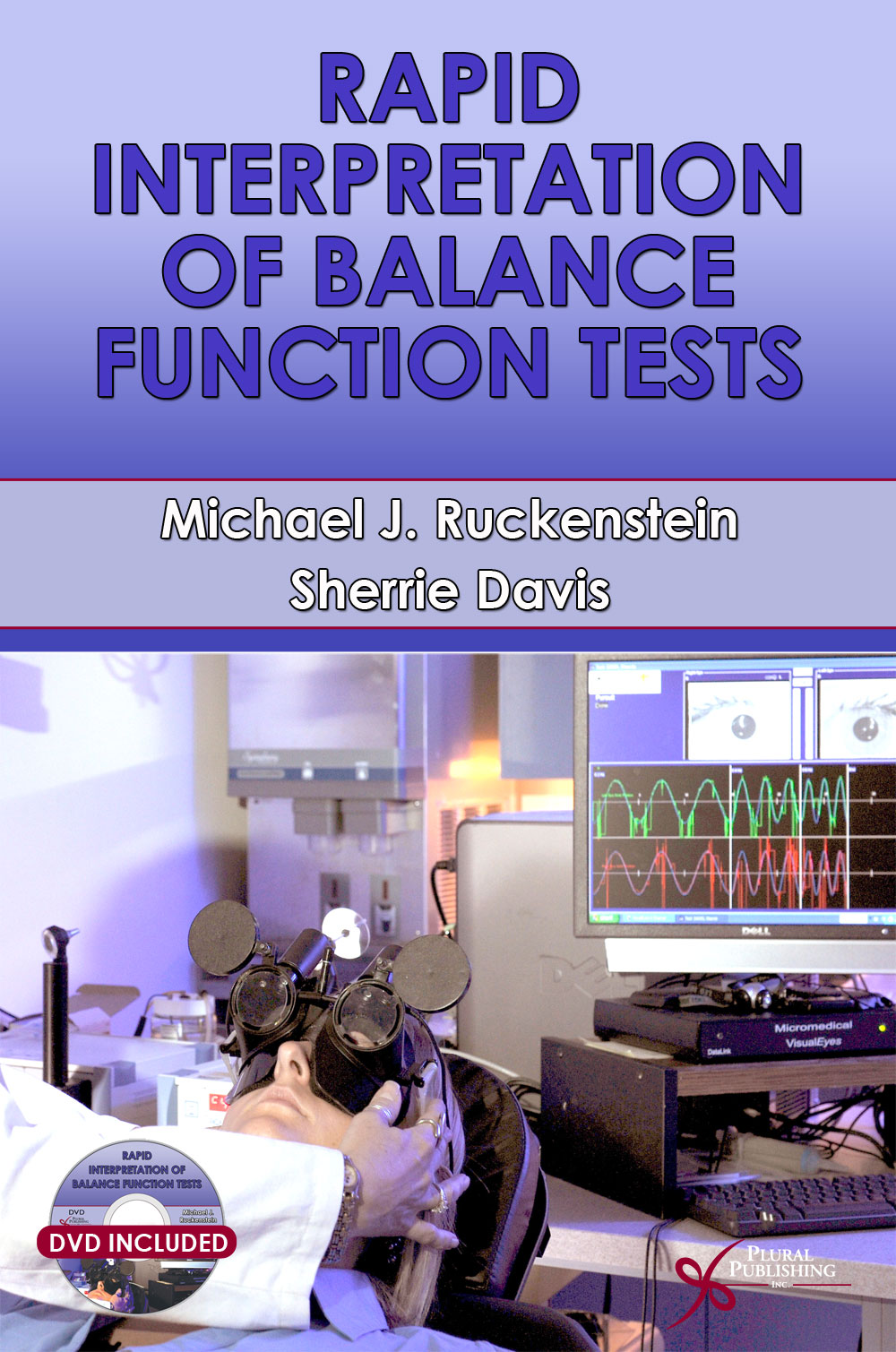
Rapid Interpretation of Balance Function Tests
First Edition
Michael J. Ruckenstein, Sherrie Davis
Details: 168 pages, B&W, Softcover, 6" x 9"
ISBN13: 978-1-59756-443-4
© 2015 | Available
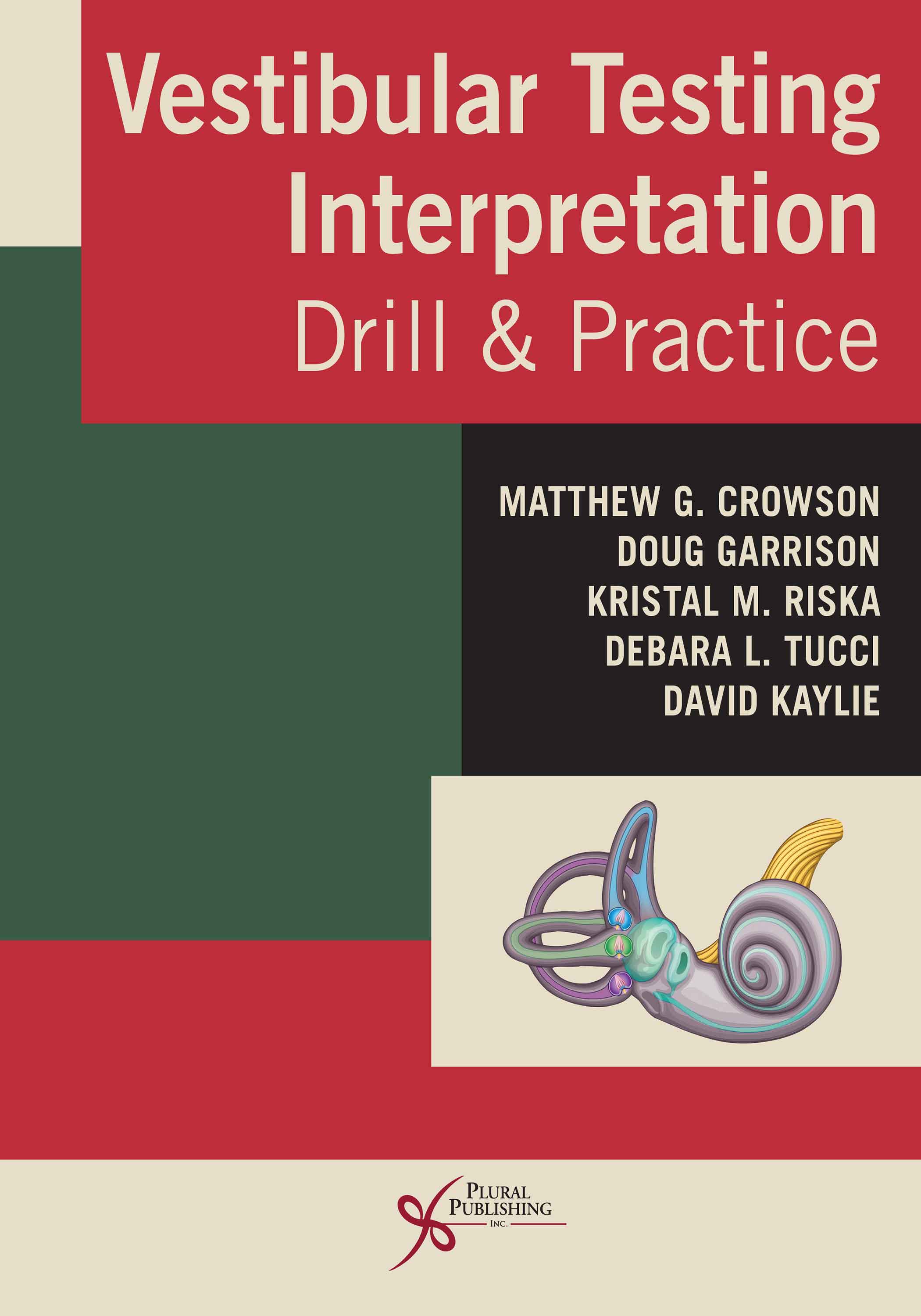
Vestibular Testing Interpretation: Drill and Practice
First Edition
Matthew G. Crowson, Douglas B. Garrison, Kristal M. Riska, Debara L. Tucci, David Kaylie
Details: 145 pages, B&W, Spiral, 8.5" x 11"
ISBN13: 978-1-63550-105-6
© 2020 | Available
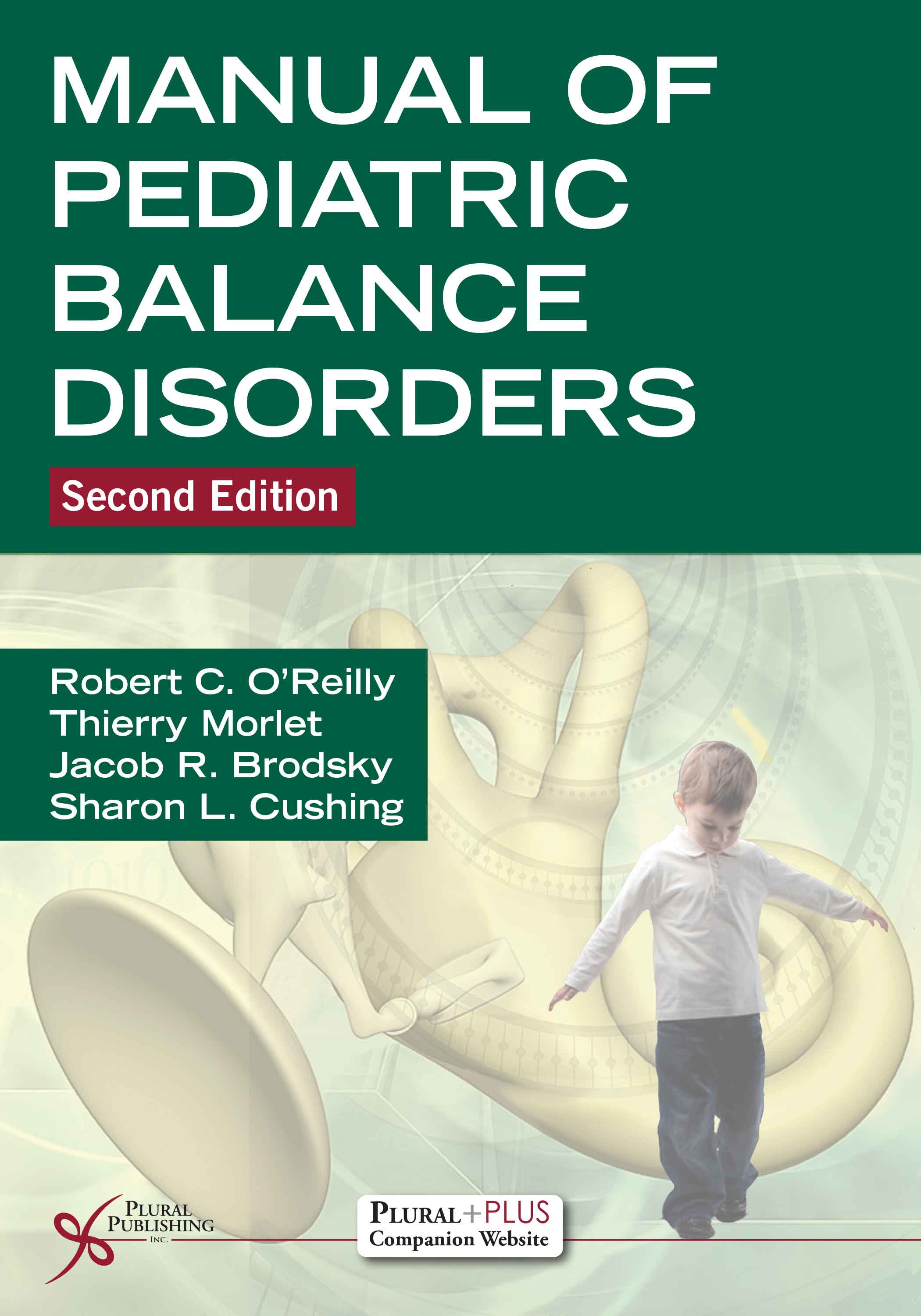
Manual of Pediatric Balance Disorders
Second Edition
Robert C. O'Reilly, Thierry Morlet, Jacob R. Brodsky, Sharon L. Cushing
Details: 458 pages, B&W, Softcover, 7" x 10"
ISBN13: 978-1-63550-146-9
© 2020 | Available
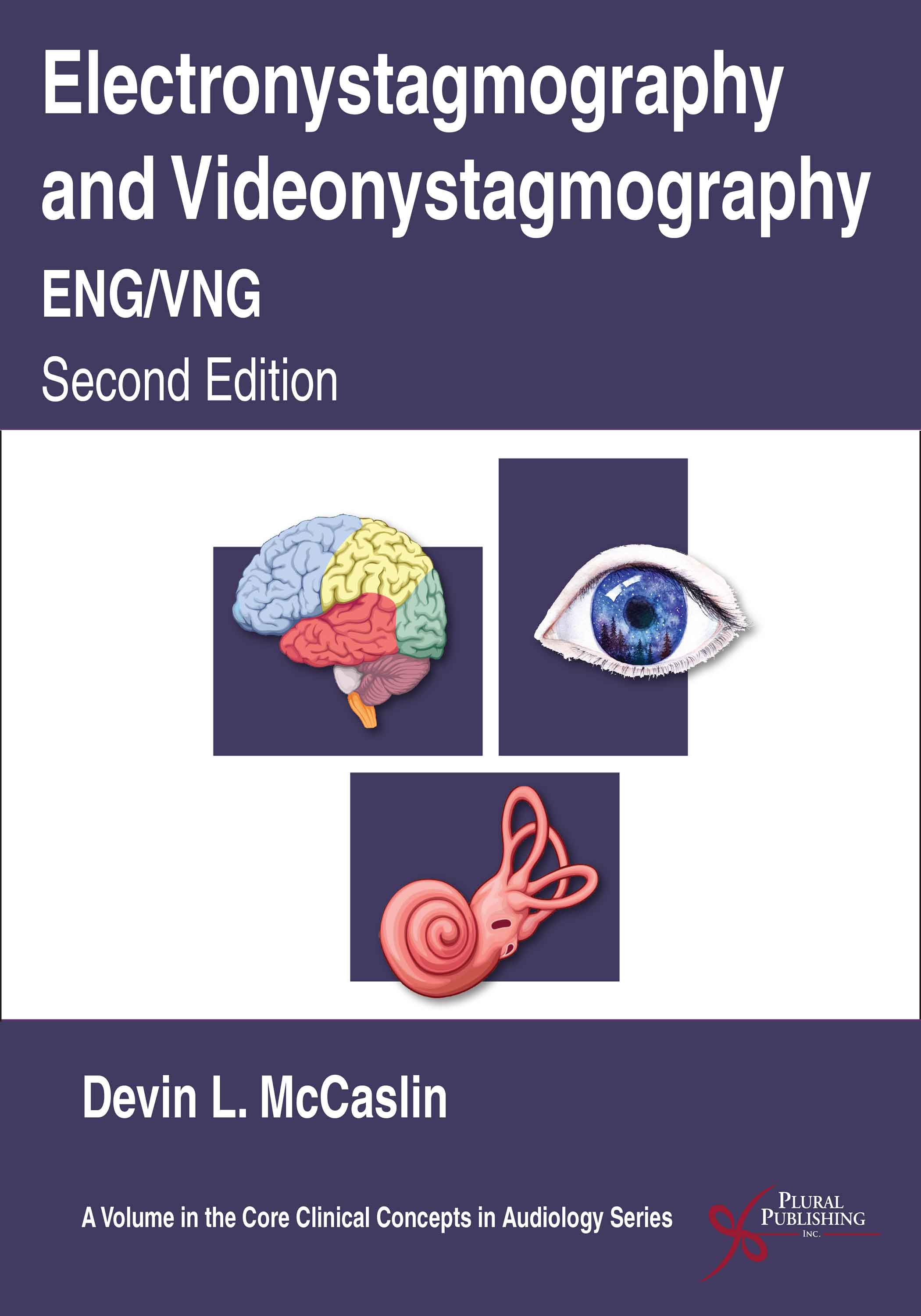
Electronystagmography and Videonystagmography (ENG/VNG)
Second Edition
Devin L. McCaslin
Details: 278 pages, B&W, Softcover, 8.5" x 11", Includes videos
ISBN13: 978-1-63550-081-3
© 2020 | Available
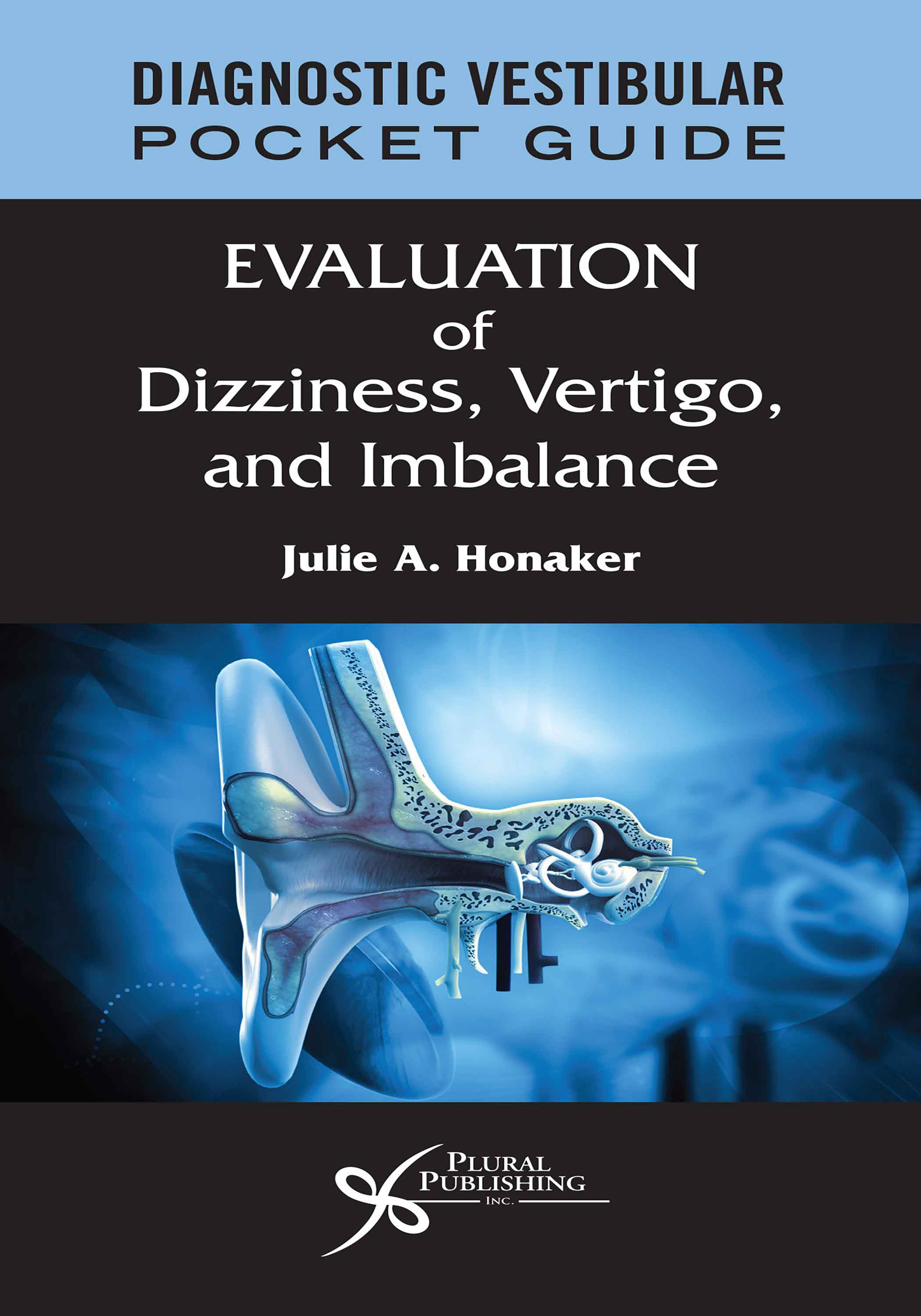
Diagnostic Vestibular Pocket Guide: Evaluation of Dizziness, Vertigo, and Imbalance
First Edition
Julie A. Honaker
Details: 288 pages, B&W, Softcover, 4.5" x 8"
ISBN13: 978-1-63550-312-8
© 2021 | Available


